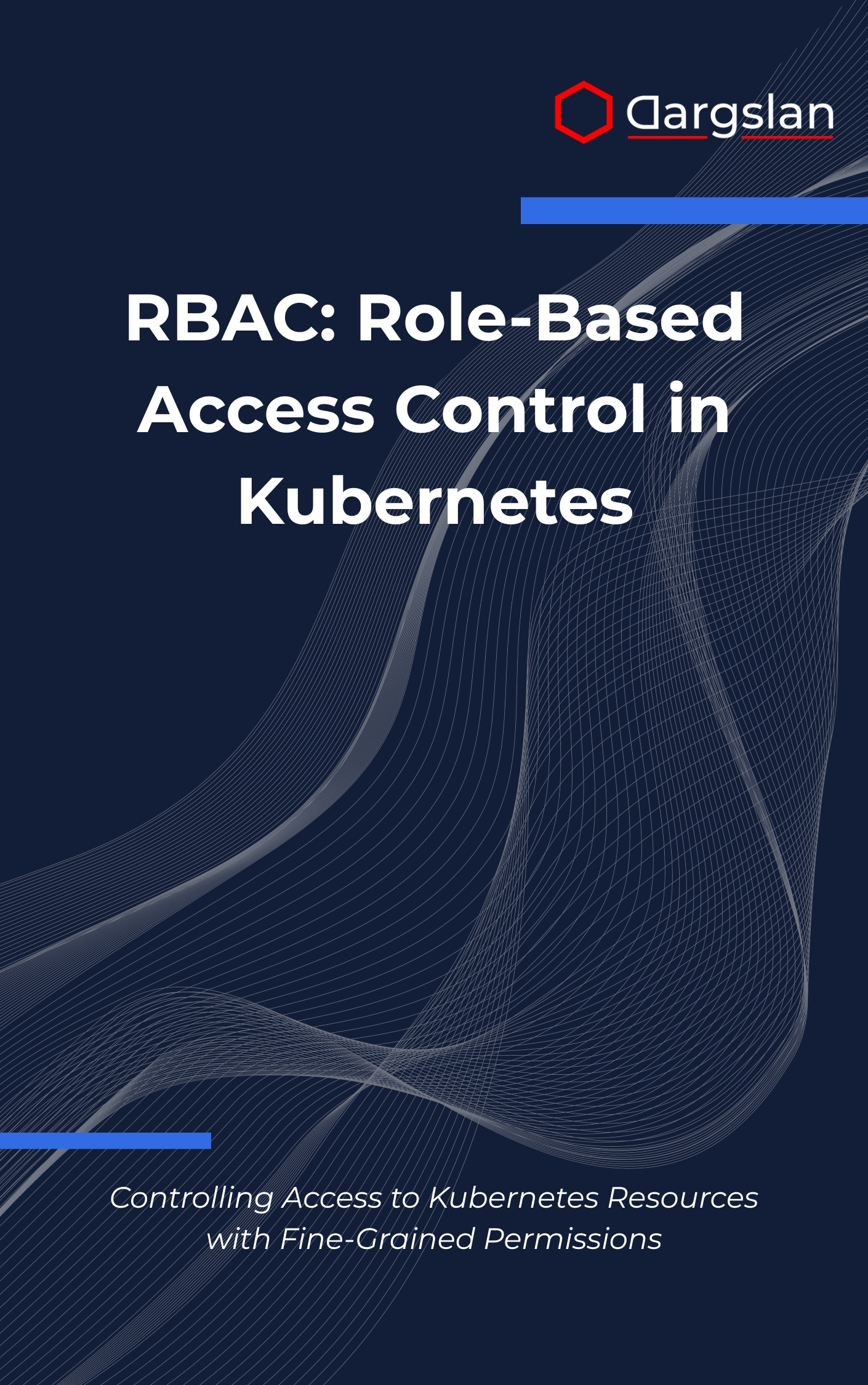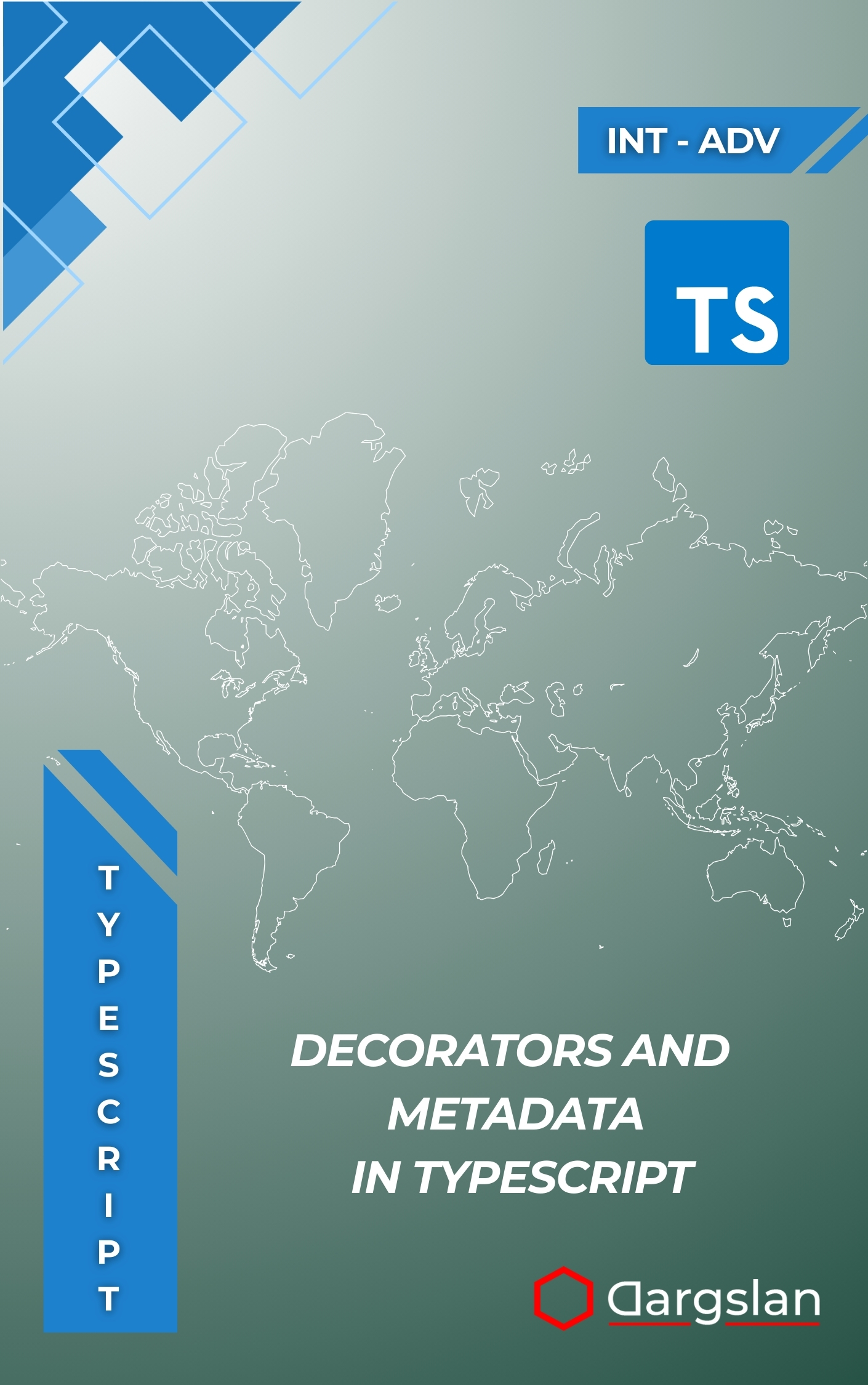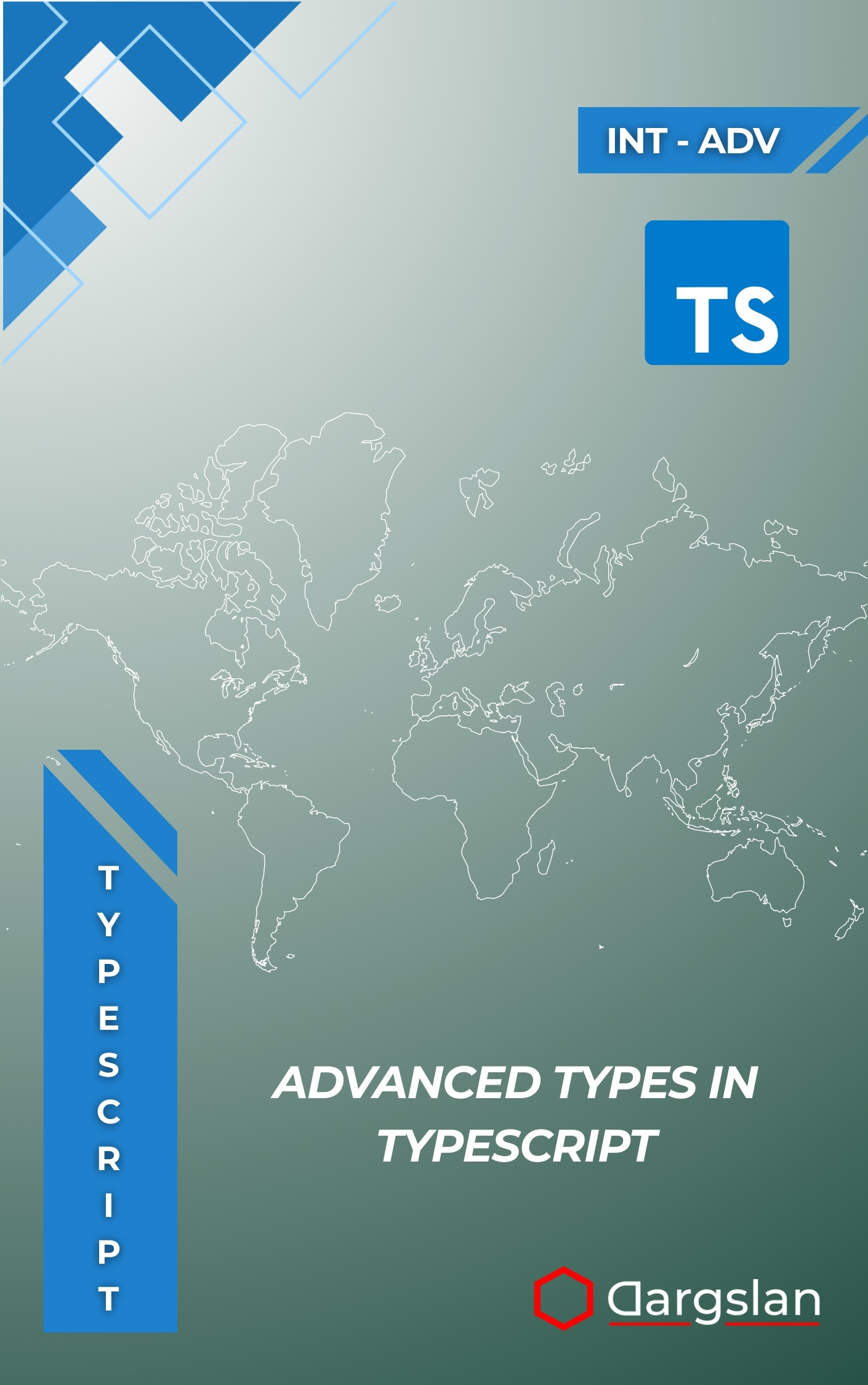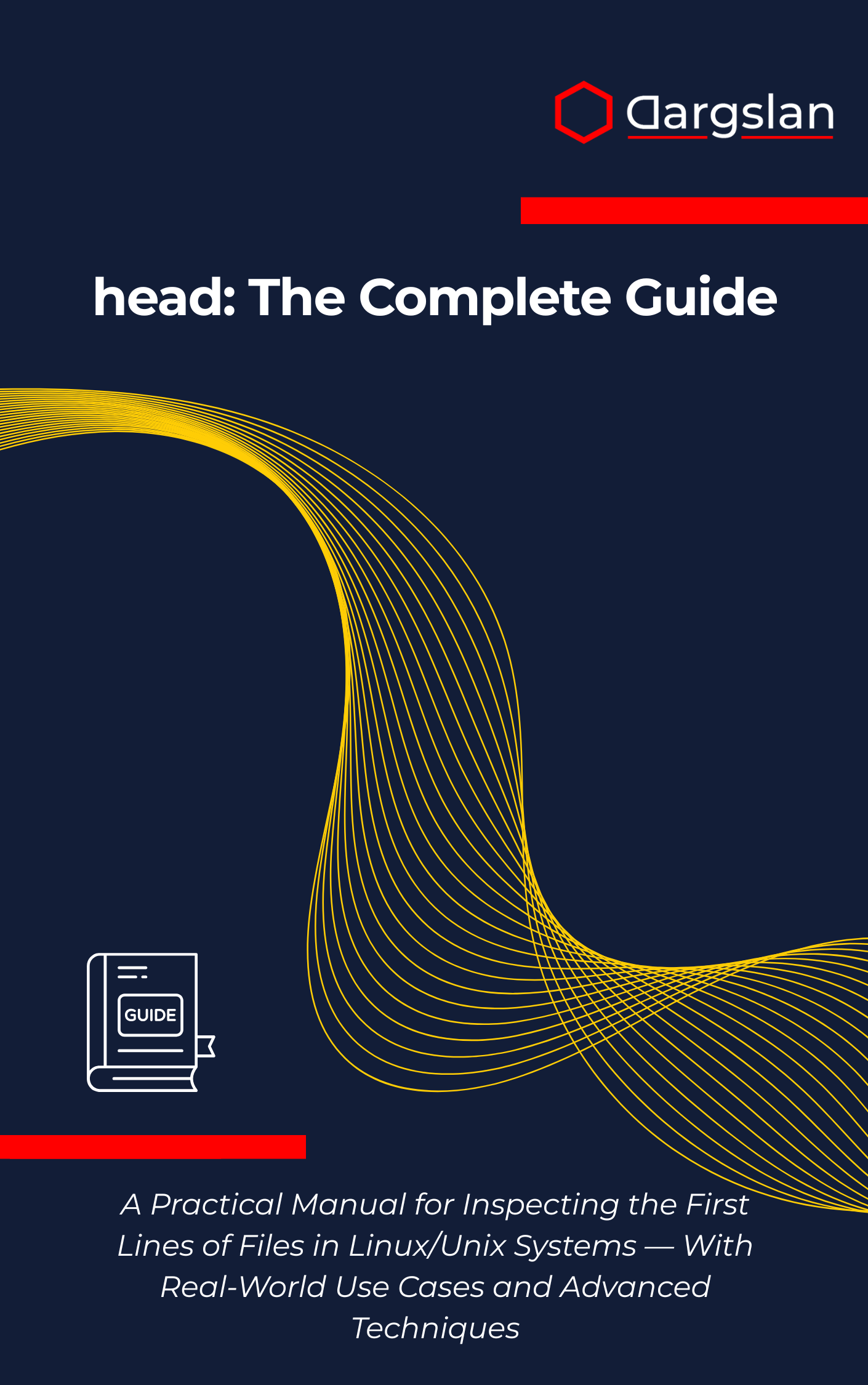RBAC: Role-Based Access Control in Kubernetes
RBAC in Kubernetes: Role-Based Access Control,Control Kubernetes access with RBAC for fine-grained security management.

Kubernetes makes it easy to ship fast—but without strong authorization controls, speed can become a security liability. If your teams juggle multiple namespaces, CI/CD pipelines, and shared clusters, you need a reliable way to grant the right access at the right scope.
This book shows you how to design and implement least-privilege policies that protect critical resources without slowing developers down. With crisp explanations, templates, and production-tested patterns, you’ll turn RBAC from a headache into a strategic advantage.
Controlling Access to Kubernetes Resources with Fine-Grained Permissions
Overview
RBAC: Role-Based Access Control in Kubernetes is a practical programming guide and technical book focused on Controlling Access to Kubernetes Resources with Fine-Grained Permissions. It demystifies Role-Based Access Control for modern Kubernetes Security, giving you repeatable approaches for Namespace Isolation, Service Account Management, ClusterRole Configuration, and API Verb Permissions while aligning with real-world Cluster Administration and Resource Isolation goals.
You’ll learn how to combine Permission Testing and Access Policy Debugging with RBAC Auditing to build confidence in your authorization model. The book explains Multi-Tenant Clusters, GitOps Integration, and Container Security strategies that scale in enterprise environments and startup teams alike. Whether you’re an engineer or an architect, this IT book delivers a hands-on route to safer, faster Kubernetes.
Who This Book Is For
- Platform engineers and cluster administrators who need a dependable blueprint for least-privilege access. Build guardrails that empower teams while protecting cluster-wide resources.
- DevOps and SRE practitioners who want to streamline delivery with safe defaults. Learn to encode permissions in Git, validate with automated checks, and reduce on-call noise from misconfigured roles.
- Security leaders, auditors, and team leads committed to compliance and clarity. Rally your organization around auditable policies, clear ownership, and repeatable RBAC workflows.
Key Lessons and Takeaways
- Design precise Roles and ClusterRoles with real-world scopes. Use battle-tested YAML templates for reader, admin, auditor, and deployer profiles, then bind them safely with RoleBindings and ClusterRoleBindings.
- Translate policy intent into Kubernetes API verbs and resources. Learn how get, list, watch, create, update, patch, and delete map to day-to-day tasks so you can grant only what’s needed—nothing more.
- Build namespace isolation that scales across teams and environments. Partition access by application or business unit, and layer service account permissions for CI/CD, jobs, and controllers without exposing cluster-admin.
- Adopt GitOps for RBAC to make permissions version-controlled, testable, and auditable. Use pull requests, code reviews, and policy-as-code to standardize and propagate changes across staging, pre-prod, and production.
- Master permission testing and debugging in minutes instead of hours. Validate access with
kubectl auth can-i, inspect bindings withkubectl describe rolebinding, and catch conflicts or overlaps before they reach production. - Implement robust auditing and compliance workflows. Correlate audit logs with role definitions, document exceptions for temporary elevation, and establish monitoring that flags risky wildcard rules or cluster-wide grants.
- Run multi-tenant clusters confidently. Separate concerns with clear boundaries, prevent cross-namespace escalation, and apply consistent ClusterRole Configuration for shared platform components.
- Harden container and platform security through least privilege. Reduce blast radius, enforce minimal access for automation, and align RBAC with network, image, and admission controls for layered defense.
Why You’ll Love This Book
Every concept moves from theory to practice with small, focused examples and copy-ready YAML. The guidance is step-by-step, opinionated where it matters, and anchored by checklists, patterns, and anti-patterns so you can avoid common pitfalls and ship secure configurations faster.
How to Get the Most Out of It
- Start with the fundamentals and build upward. First, master roles, bindings, and scopes; next, apply namespace patterns; finally, tackle cluster-wide policies and specialized service account strategies for controllers and pipelines.
- Practice in a safe sandbox. Use a non-production cluster to create, bind, and test roles; validate access with
kubectl auth can-i; and review effects usingkubectl get clusterroleandkubectl describe roleto understand the impact of every rule. - Reinforce learning with mini-projects. Implement a reader/auditor/deployer role set for a sample app, enable GitOps Integration to manage RBAC as code, simulate a tenant onboarding workflow with Namespace Isolation, and run RBAC Auditing reports to document compliance.
Practical Scenarios You’ll Implement
- Create a least-privilege deployer role that grants create and update on Deployments but not on Secrets, and bind it only to CI service accounts.
- Design a read-only auditor role that allows get, list, and watch across selected namespaces for troubleshooting without elevation.
- Build a safe break-glass pathway with time-bound RoleBindings and documented approvals, then audit usage to satisfy internal and external requirements.
Common Pitfalls Addressed
- Overbroad cluster-admin usage and wildcard rules that silently expand blast radius.
- Service accounts with inherited privileges from copy-pasted templates rather than intent-based policies.
- Drift between environments due to manual changes instead of declarative, version-controlled RBAC.
Get Your Copy
If you’re serious about protecting workloads while keeping your developers fast and autonomous, this is the guide you’ll reference again and again. Equip your team with a clear, repeatable approach to Role-Based Access Control that scales from a single namespace to enterprise multi-tenant clusters.




